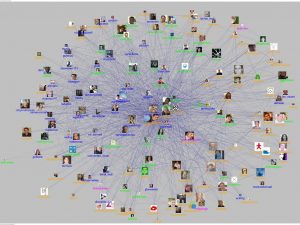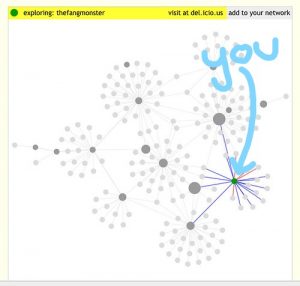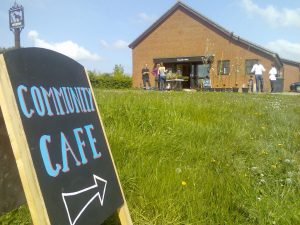To be social with other people, you need to be connected. These connections form a social network. Social networks are held together by pre-established interpersonal relationships between individuals. You know everyone that is directly connected to you; your friends, your family, and people that you meet through other people. Each person has one social network, but a person can have different social graphs depending on which relationship we want to focus on (Wu, 2010).
What is a social network?
A social network is a network of individuals connected by varying levels of interpersonal relationships. These individuals can be family, friends, acquaintances, friends of friends, friends of family, someone with a similar interest, or coworkers. “A social network consists of actors and some form of relation among them” (Brandes et al., 2014, p. 805). Social networks exist outside of social media. Social media platforms like Facebook, Instagram, and Snapchat, are ONLINE social networks. For another view on what a social network is, check out a YouTube video: Social Networking in Plain English. The video is older and references sites like MySpace, but has a great, simple definition of social networking.
Michael Wu identified the following characteristics of social networks:
- Social networks are held together by pre-established interpersonal relationships between individuals – you know everyone that is directly connected to you.

Image of a twitter social network using NodeXL(Image: Twitter networking by Marc Smith, https://search.creativecommons.org/photos/acd207bd-9fd5-4ad2-b571-bc755e587721, CC0.) - Each person has one social network. But a person can have different social graphs depending on what relationship we want to focus on (see Social Network Analysis 101).
- They have a network structure (Wu, 2010).
Social networks can also divide and isolate.
danah boyd’s chapter titled White Flight in Networked Publics in the book “Race After the Internet” discusses the division that emerged during a study of the 2006-2007 school year (2011).
…Those who adopted MySpace were from different backgrounds and had different norms and values than those who adopted Facebook. White and more affluent individuals were more likely to choose and move to Facebook… Page 204
…The college-centered nature of Facebook quickly appealed to those teenagers who saw college, and thus Facebook access, as a rite of passage… Page 207






